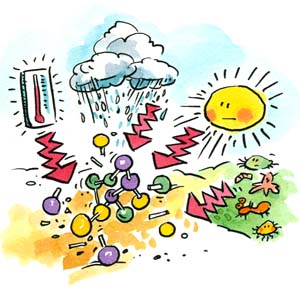acespicoli
Well-known member
Home depot concrete mixing pans
Medium Dimensions**** $7.88EA
| Product Depth (in.) | 28 in | Product Height (in.) | 6.0 in |
|---|---|---|---|
| Product Width (in.) | 20 in | 20GAL |
Large Dimensions
| Product Depth (in.) | 36 in | Product Height (in.) | 8 in |
|---|---|---|---|
| Product Width (in.) | 23.84 in |
Last edited:








